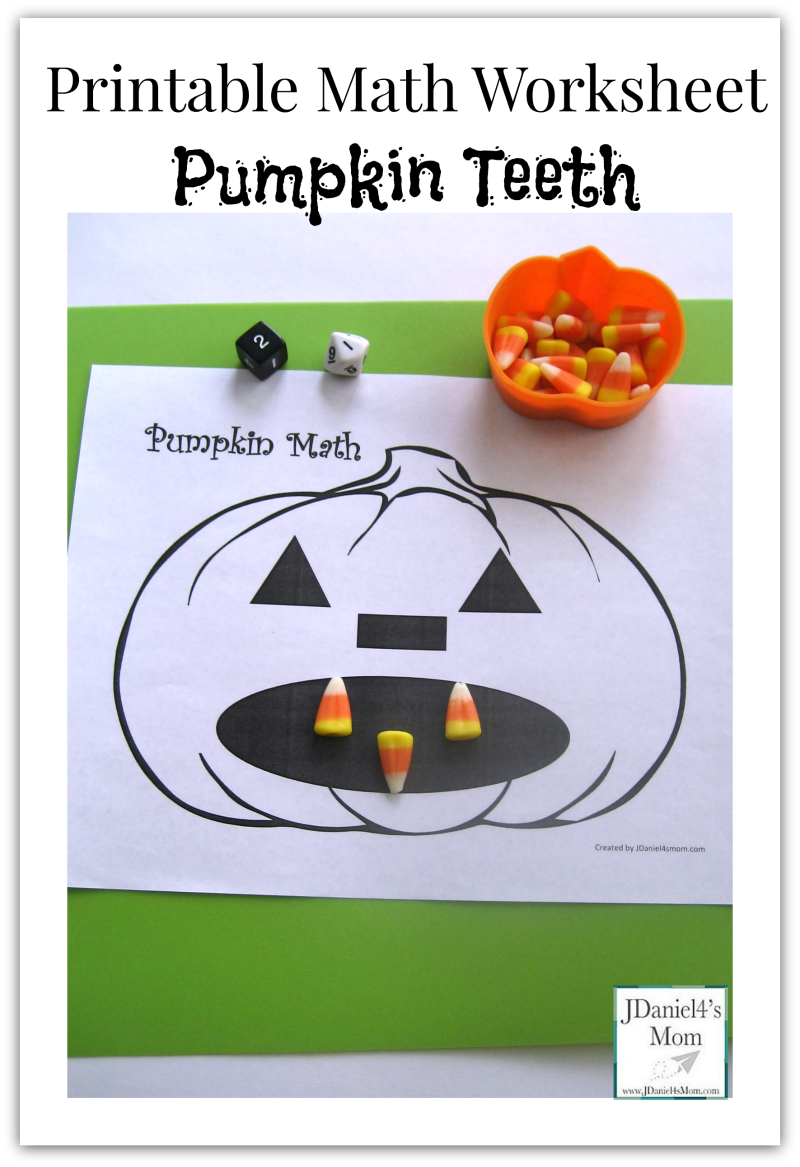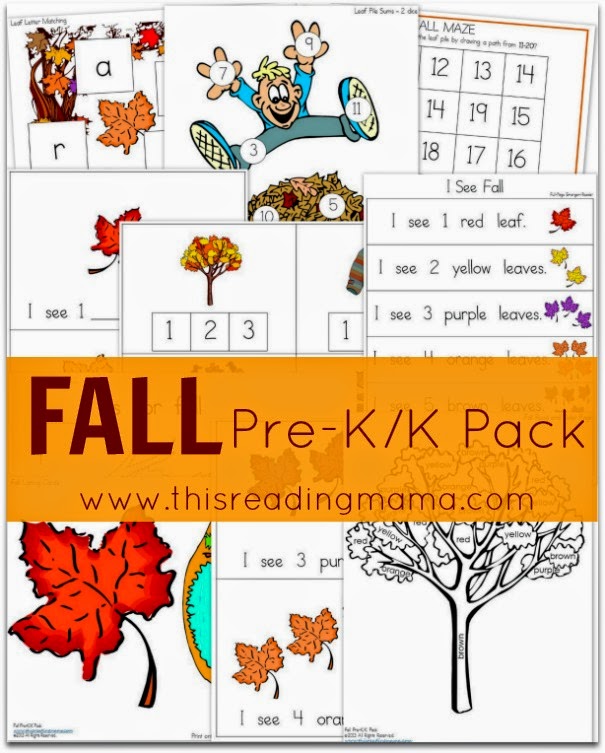If you haven't figured it out already, I'm going to let
you in on a big secret: you can teach kids virtually anything by playing the
game of BINGO.
I made my oldest boy (now 9 years old) his first educational
BINGO game when he was five. Four years later, they are still a favorite after
school activity. No arm twisting required.
One of my After School Co-Hosts over at Boy Mama Teacher Mama shares my love
for these games. Here are our favorite ways to teach kids a variety of skills
and subjects by playing BINGO.
Left to right, top to bottom:
Baseball BINGO at Relentlessly Fun, Deceptively Educational
Time BINGO Games from Boy Mama Teacher Mama
Fall Leaves BINGO at Relentlessly Fun, Deceptively Educational
Letter Reversals BINGO from Boy Mama Teacher Mama
Shark BINGO Game at Relentlessly Fun, Deceptively Educational
Short Vowel BINGO from Boy Mama Teacher Mama
Sight Word BINGO at Relentlessly Fun, Deceptively Educational
Multiplication BINGO at Relentlessly Fun, Deceptively Educational
Zoo BINGO (2 Ways) at Relentlessly Fun, Deceptively Educational
United States BINGO at Relentlessly Fun, Deceptively Educational
Winter Olympic Games BINGO at Relentlessly Fun, Deceptively Educational
Ten Frame BINGO from Boy Mama Teacher Mama
Science, sports, math, language arts, geography - I'm pretty sure we have all that (and then some) covered with these great games!
Now it's time to show us what YOU have been doing with your kids.
The After School Linky is cohosted by
Relentlessly Fun, Deceptively Educational
We would love to have you link up your School-Age Post (Ages 5 and up) about your learning week after school including Crafts, Activities, Playtime and Adventures that you are doing to enrich your children's lives after their day at school, home school, or on the weekend!
When linking up, please take a moment to comment on at least one post linked up before yours and grab our after school button to include a link on your post or site! By linking up, you're giving permission for us to share on our After School Pinterest Board and feature an image on our After School Party in the upcoming weeks!


.jpg)



.jpg)

























.jpg)








.jpg)





